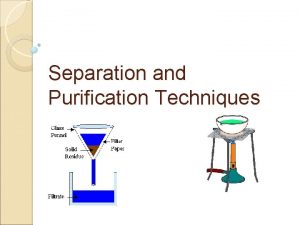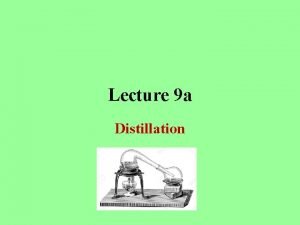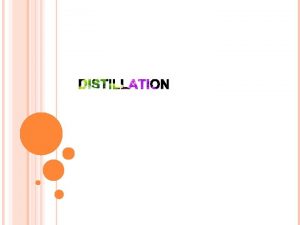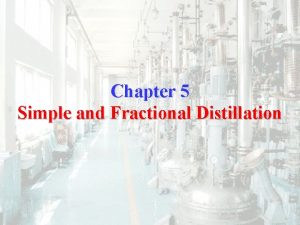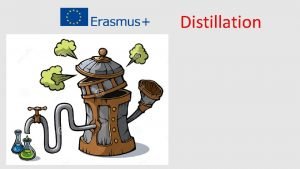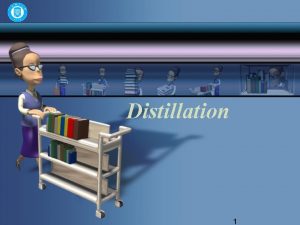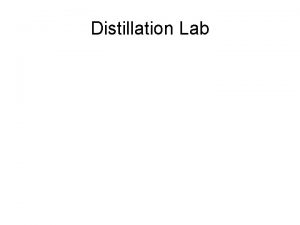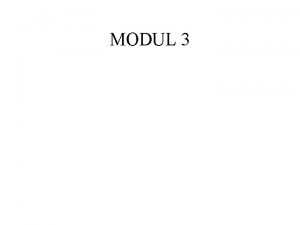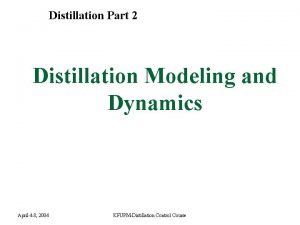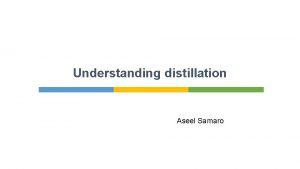Knowledge distillation Knowledge distillation for RNNLM knowledge distillation











- Slides: 11

Knowledge distillation

Knowledge distillation for RNN-LM • 《knowledge distillation for recurrent neural network language model with trust regularization》 • RNN >> n-gram • In many applications, a large RNNLM or an ensemble of several RNNLMs is used. • Knowledge distillation & trust regularization • In a speech recognition N-best rescoring task, reduce the RNNLM model size to 18. 5% of the baseline with no degradation in WER on WSJ

Knowledge distillation • 《Distilling the knowledge in a neural network》 背景 ensemble model is used to improve the performance in real applications. Cumbersome & computationally expensive in deployment 思想 Transfer learning , distillation Compression, project 实验设计 MNIST / ASR / JTF dataset




MNIST NN configs results baseline Input-1200 -output Dropout & weight-constrains SM model Input-800 -output No regularization 146 Distill(T=20 ) Input-800 -output 74 Experiment configs 67 conclusion • Soft targets can transfer a great deal of knowledge to distilled model • Bigger than 300 -300, T>=8 fairly similar • Input-30 -30 -output, T∈[2. 5, 4],the best results Distill model Omitting all examples 3 from transfer set(3 is never seen ) 206 (133/1010 3 s) Distill model Only containing 7 & 8 from training set(only 7 & 8 are saw) 47. 3% Fine-tune bias for 3 109(14/1010 3 s) Fine-tune bias for 7 & 8 13. 2% The distilled model only makes 206 test errors of which 133 are on the 1010 threes in the test set. Most of the errors are caused by the fact that the learned bias for the 3 class is much too low. If the bias is increased by 3. 5(which optimizes overall performance on the test set), the distilled model makes 109 errors of which 14 are on 3 s. So with the right bias, the distilled model gets 98. 6% of the test 3 s correct dispite never having seen a 3

ASR Training set: 2000 h baseline 10 * ensemble NN configs Test Frame accuracy WER 8 layers 2560 nodes 14000 labels 58. 9% 10. 9% 61. 1% 10. 7% Distilled T {1, 2, 5, 10} 60. 8% 10. 7% single Weight 0. 5 for hard Vary the set of data that each model sees, useless in ensemble More than 80% of the improvement in frame classification accuracy achieved by using an ensemble of 10 models is Transferred to the distilled model.

JFT • 100 million labeled image with 15000 labels • Trained for 6 months using asynchronous stochastic gradient descent on a large number of cores • but only if a lot more cores are available System Conditional test accuracy Baseline 43. 1% 25. 0% +61 specialist models 45. 9% 26. 1% Specialist models • Trained on examples from a very confusable subset of classes (eg: different types of mushroom) • Class is smaller by combining all of the classes it doesn’t care about into a dustbin class • Initialized with weight of generalist model • ½ from special subset, ½ sampled from the remainder of the training set Test accuracy

ASR System & training set Train frame accuracy Test frame accuracy Baseline(100% of training set) 63. 4% 58. 9% Baseline(3% of training set) 67. 3% 44. 5% Soft targets(3% of training set) 65. 4% 57. 0% Conclusion: soft targets allow a new model to generalize well from only 3% of the training set.

https: //blog. csdn. net/xbinworld/article/details/83063726 https: //blog. csdn. net/haoji 007/article/details/76777430 https: //www. zhihu. com/question/50519680/answer/136406661 https: //www. cnblogs. com/jins-note/p/9679450. html
 Fractional distillation vs simple distillation
Fractional distillation vs simple distillation Difference between fractional and simple distillation
Difference between fractional and simple distillation Azeotropic distillation advantages and disadvantages
Azeotropic distillation advantages and disadvantages Stig kerman
Stig kerman Vad är referatmarkeringar
Vad är referatmarkeringar Luftstrupen för medicinare
Luftstrupen för medicinare Shingelfrisyren
Shingelfrisyren Karttecken färger
Karttecken färger Kraft per area
Kraft per area Större och mindre tecken
Större och mindre tecken Rbk-mätning
Rbk-mätning Elektronik för barn
Elektronik för barn
